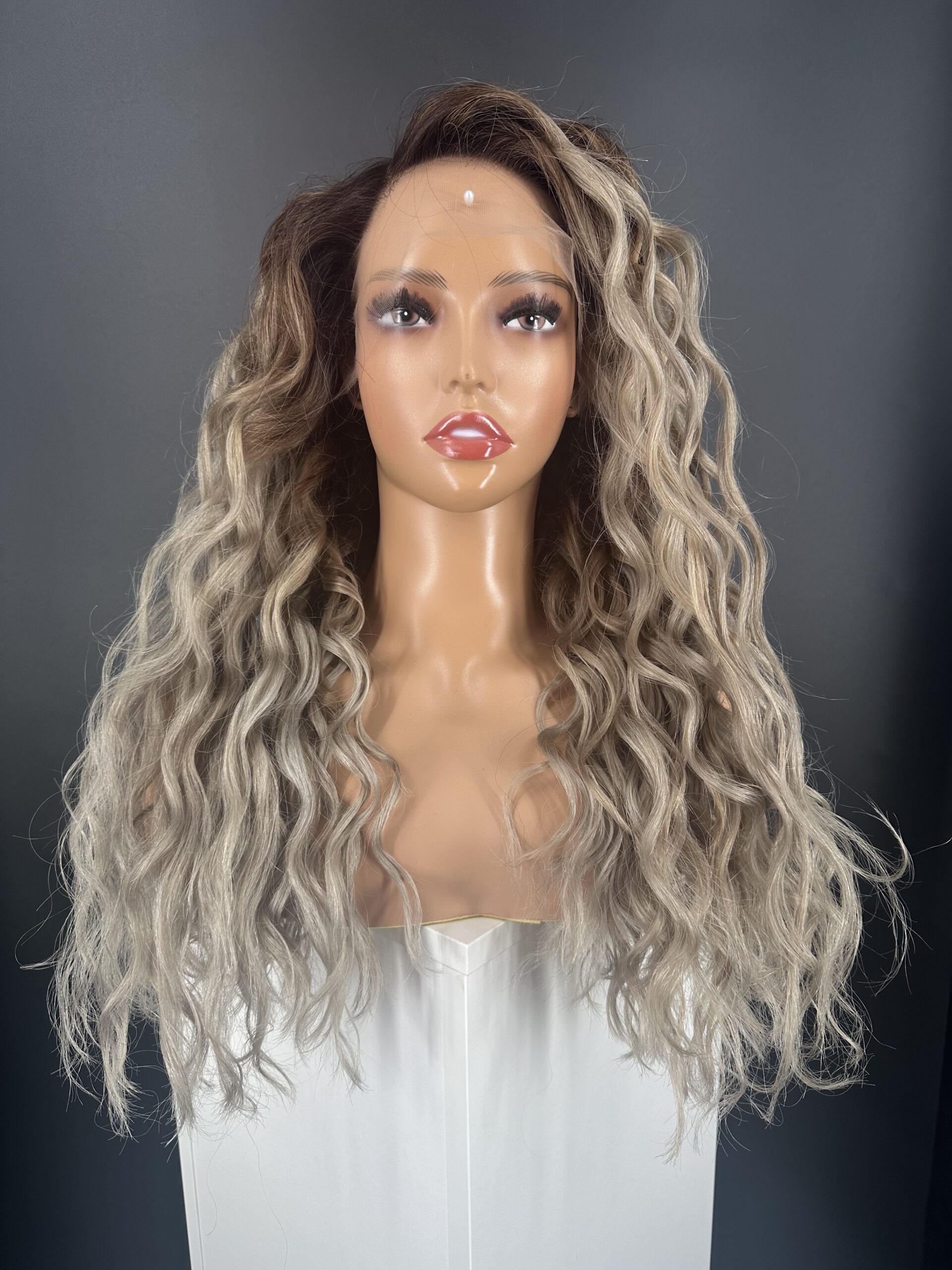Wigs have long been a part of human culture, serving as symbols of status, practicality, and self-expression. At Wig Daddy, we not only create high-quality, custom-made wigs, but we also celebrate the rich history behind these transformative hairpieces. Let’s take a journey through time to explore how wigs have evolved and why they continue to hold a special place in our lives today.
The Origins of Wigs: Power and Prestige
The history of wigs dates back thousands of years to ancient civilizations. In Ancient Egypt, wigs were commonly worn by both men and women. Made from human hair, sheep’s wool, or plant fibers, these wigs were not only stylish but practical—offering protection from the harsh sun and a solution for hygiene in a time when shaving one’s head was commonplace.
In Ancient Greece and Rome, wigs became symbols of wealth and status. Roman emperors and noblewomen often donned elaborate wigs, sometimes dyed or adorned with jewels, to emphasize their social rank.
Wigs in the Renaissance and Baroque Eras: Status and Sophistication
Fast forward to the 16th and 17th centuries, and wigs began to see a resurgence in Europe. During this period, they were particularly popular among the aristocracy. Queen Elizabeth I famously wore elaborate red wigs, setting a trend that rippled through her court.
By the 17th century, King Louis XIII of France popularized the use of wigs for men, known as perukes or periwigs. These voluminous hairpieces became essential for European nobility, symbolizing sophistication and authority. Wigs were powdered to give them a white or gray appearance, a trend that persisted into the 18th century.
The Decline and Rebirth of Wigs
In the late 18th century, wigs began to fall out of favor as natural hairstyles became more fashionable. By the early 19th century, wigs were largely reserved for ceremonial purposes, such as those worn by judges and barristers in the British legal system.
However, wigs saw a resurgence in the 20th century, thanks to advancements in materials and technology. Synthetic fibers and improved manufacturing techniques made wigs more affordable and accessible, transforming them into practical tools for everyday wear.
Wigs Today: Style, Self-Expression, and Necessity
Today, wigs have transcended their historical roots to become versatile accessories embraced by people from all walks of life. Here are some of the reasons why wigs remain popular:
- Fashion and Versatility: Wigs offer endless possibilities for changing one’s hairstyle without commitment. Celebrities and fashion icons have propelled wigs into the mainstream, showcasing bold and creative looks.
- Medical Needs: For individuals experiencing hair loss due to medical conditions like alopecia or chemotherapy, wigs provide a way to regain confidence and normalcy.
- Cultural and Artistic Expression: From theater and film to cosplay and drag performance, wigs play a vital role in storytelling and artistic expression.
- Convenience: Busy lifestyles call for practical solutions, and wigs provide an effortless way to achieve a polished look in no time.
Wig Daddy: Honoring the Past, Innovating for the Future
At Wig Daddy, we take inspiration from the rich history of wigs while pushing boundaries to meet modern needs. Our custom-made wigs are crafted using the highest-quality materials and tailored to fit your unique style and preferences. Whether you’re channeling the elegance of the past or making a bold statement for the future, we’re here to help you bring your vision to life.
Wigs have come a long way from their origins in ancient Egypt to their place as a modern-day staple for fashion and function. By blending tradition with innovation, Wig Daddy is proud to carry forward the legacy of wigs while setting a new standard for quality and transparency.
Explore our collection today and discover how Wig Daddy can transform your look!

